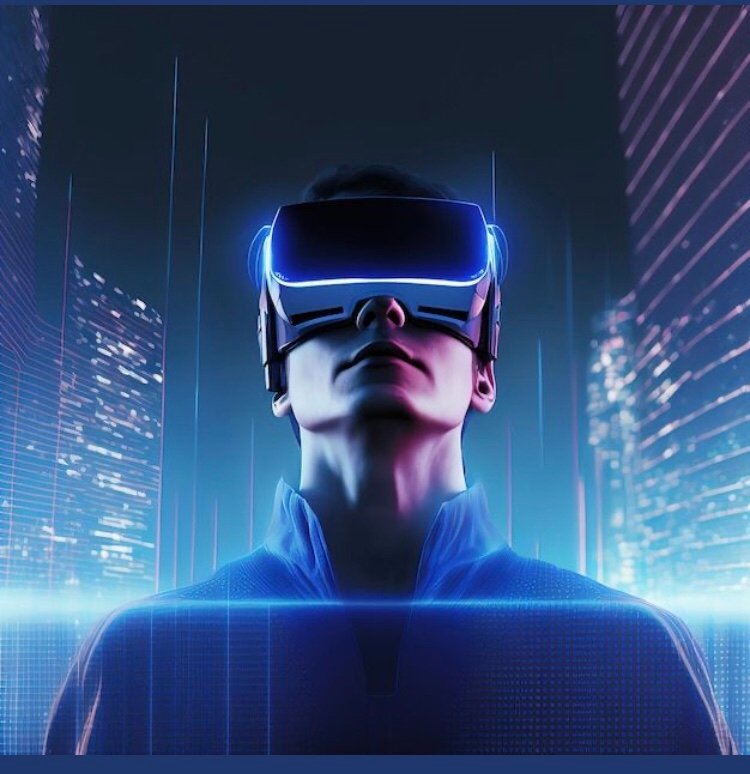Dive into the evolving landscape of the gaming industry, where technological innovations are reshaping the way we play, connect, and experience virtual worlds. From the promises and challenges of virtual reality (VR) and augmented reality (AR) to the transformative impact of artificial intelligence (AI) and the rise of cloud gaming, this article explores the imminent developments that will redefine the gaming experience. Additionally, it delves into the expanding realm of free-to-play games, the chip shortage dilemma, and the overarching concept of the metaverse, emphasizing how gaming is no longer just about competition but connection.
- Virtual Reality (VR) and Augmented Reality (AR): Prospects and Challenges
- VR, a long-anticipated technology, is gaining momentum with significant investments from tech and gaming giants like Meta, Valve, PlayStation, Samsung, and rumors of Apple’s foray into VR/AR.
- Despite promising developments, challenges such as bulky headsets and high prices need addressing for widespread adoption.
- AR, breaking onto the scene in 2016, is evolving beyond mobile phones to AR glasses, with Meta’s expected release in 2024 promising new possibilities.
- Artificial Intelligence (AI): Shaping Gameplay and Game-Making
- AI has been integral to gaming for decades, from non-player characters (NPCs) to procedural content generation, aiding designers in creating game assets and levels.
- Procedural content generation enhances the gaming experience with randomly generated levels, offering players a fresh experience each time.
- Cloud Gaming: Gaming Without Boundaries
- Cloud gaming, or game streaming, allows players to stream games directly on their devices, reducing the reliance on local hardware.
- The subscription-based model shifts gamers from owning physical media to renting digital content, potentially revolutionizing the gaming landscape.
- Technological Advances and the Chip Shortage Dilemma
- A chip shortage has affected the gaming industry, hindering technological advancements.
- Despite the shortage, executives from top semiconductor companies express optimism about overcoming the challenge soon.

- Free-to-Play Games: A Dominant Market Force
- Free-to-play games have exploded in popularity, with an estimated market value of $83.6 billion in 2023.
- Gaming companies like Activision Blizzard report significant revenue from in-game purchases, showcasing the success of this business model.
- The Metaverse: Beyond Gaming
- The metaverse, a theoretical concept captivating major tech companies, transcends gaming to include diverse applications such as office work.
- Described as a “digital third place,” the metaverse emphasizes connection over competition, transforming the gaming experience into a shared space.
The future of gaming is marked by innovation, connectivity, and a departure from traditional gaming paradigms. As the industry navigates challenges, from hardware limitations to chip shortages, gamers can anticipate a dynamic and interconnected gaming landscape that goes beyond competition, embracing the essence of connection.





